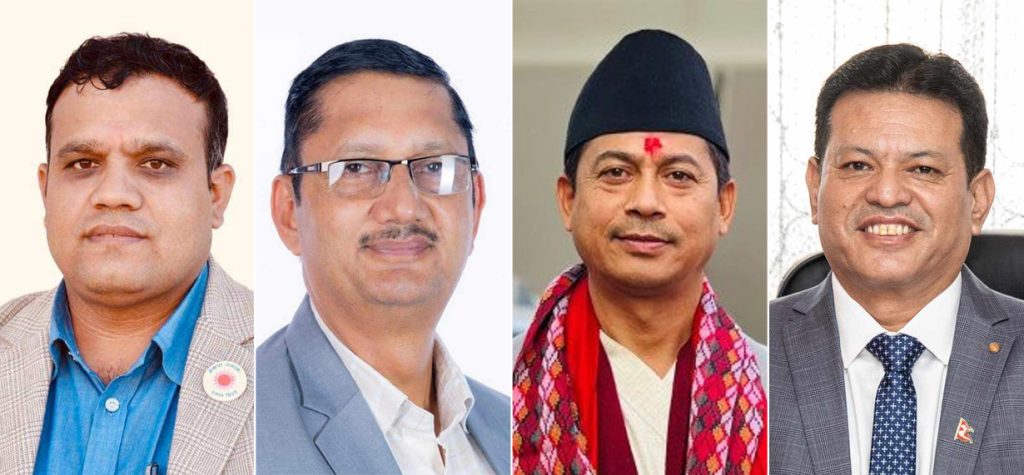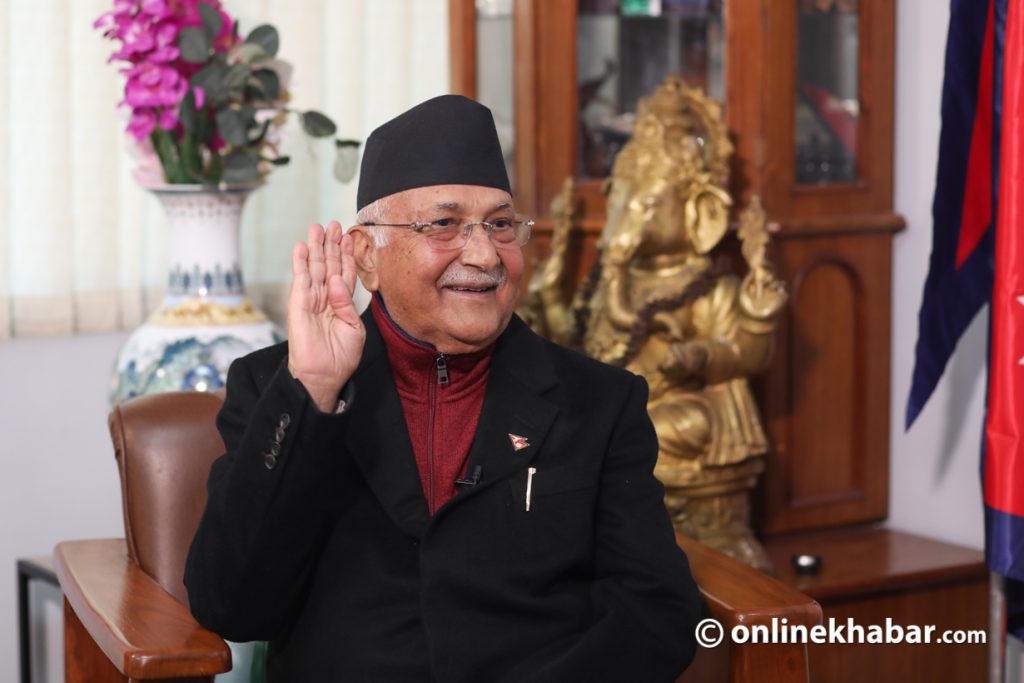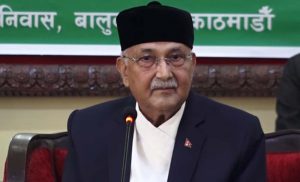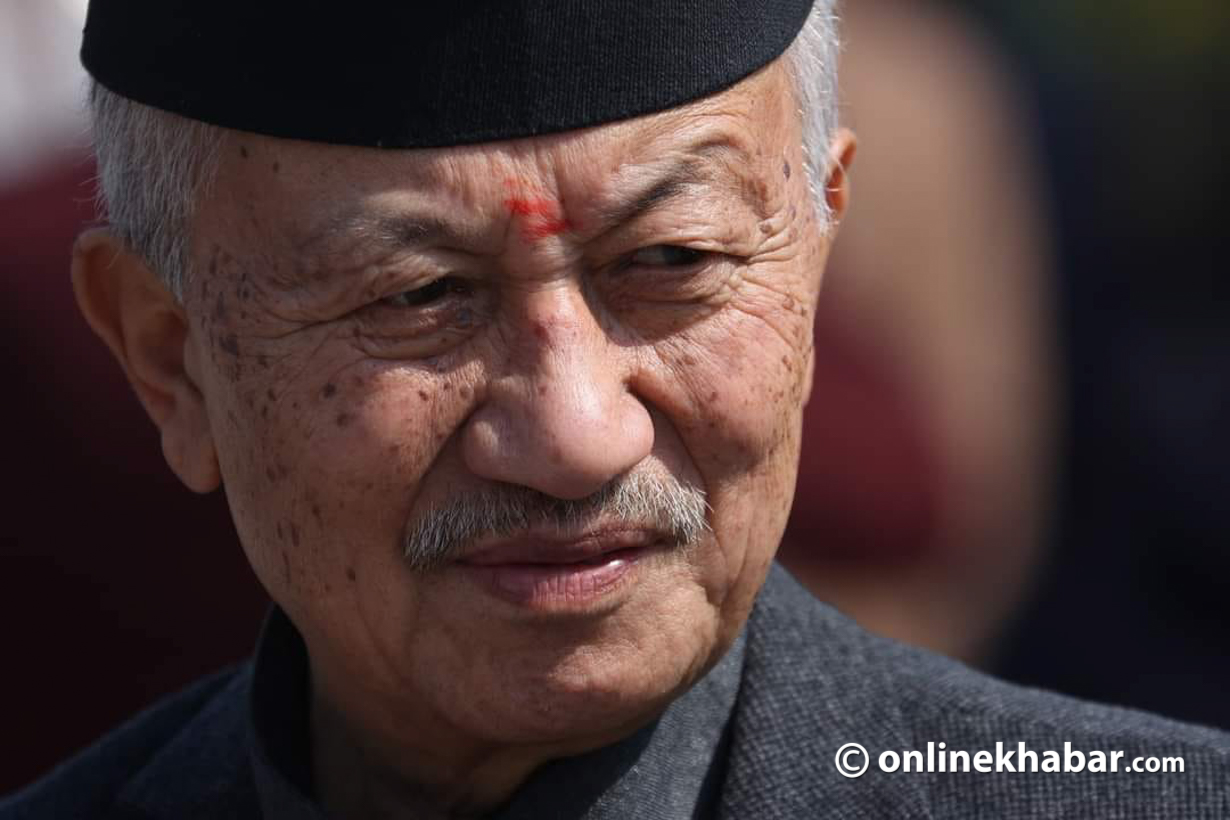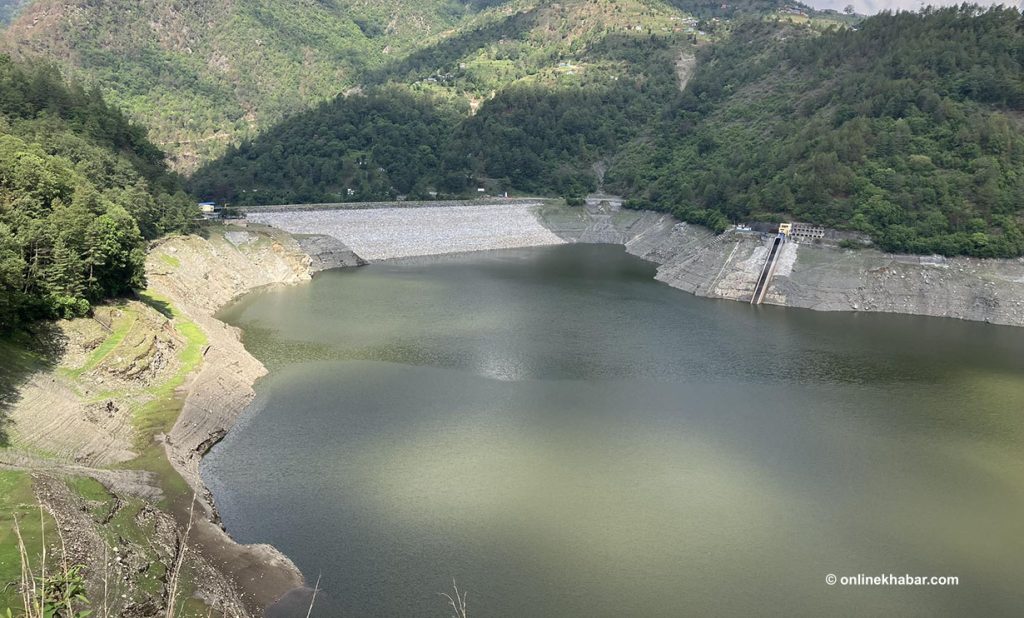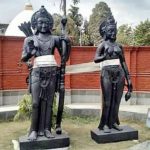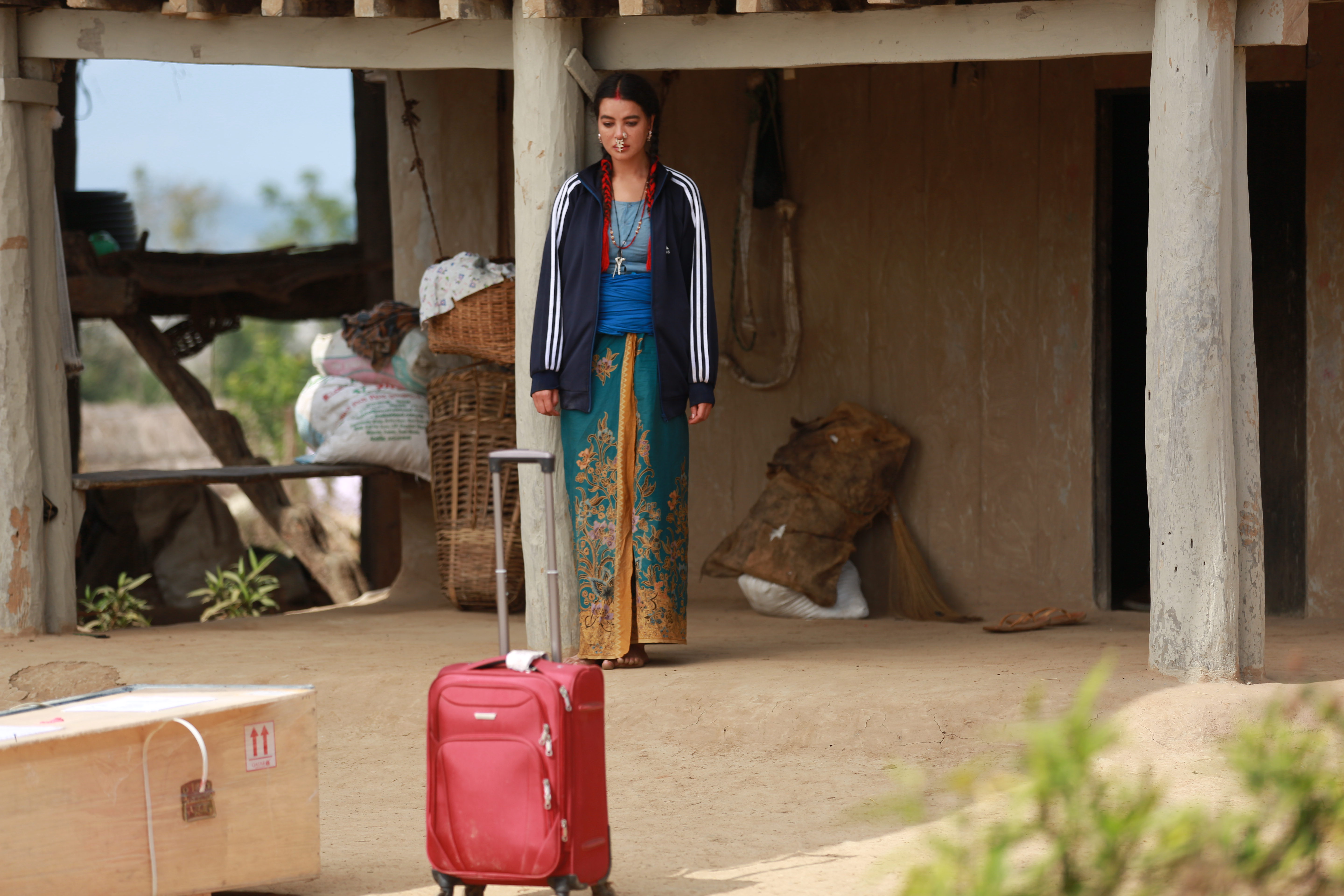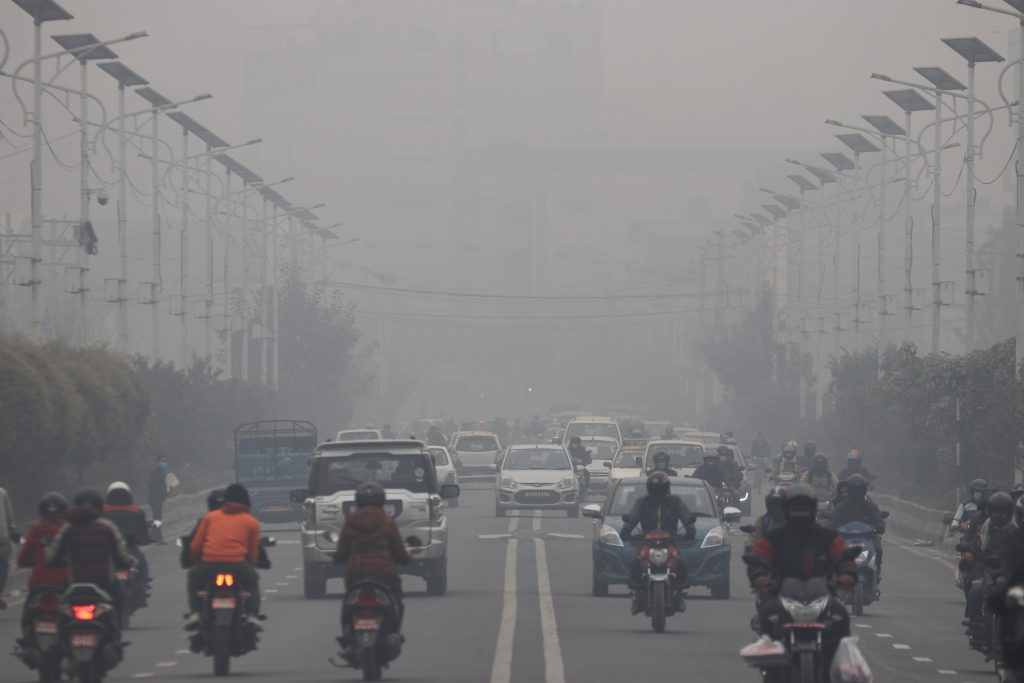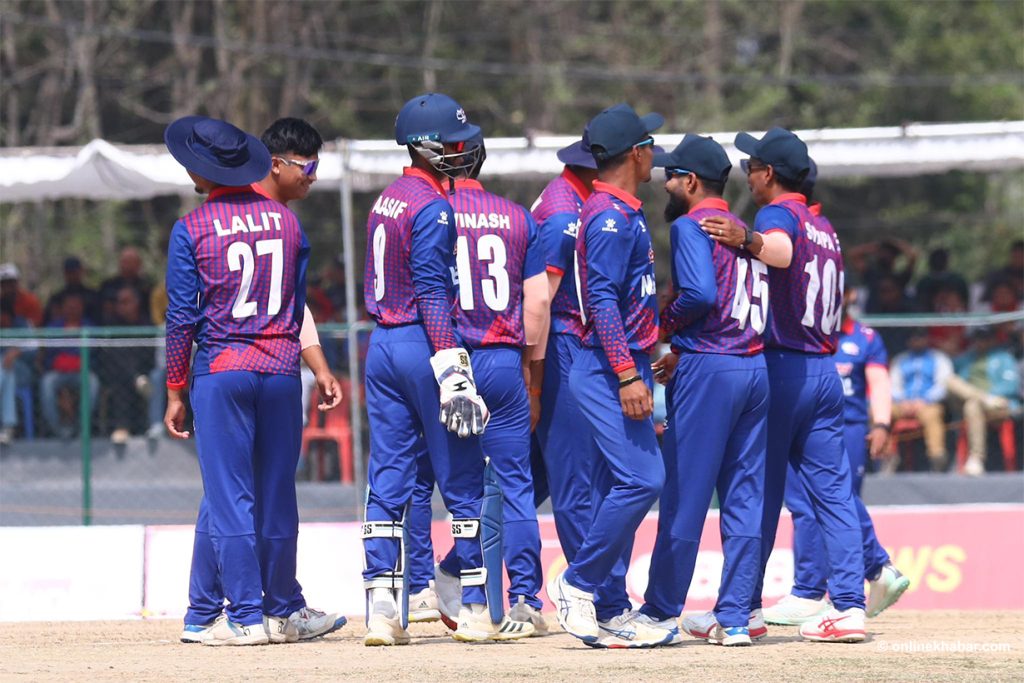Major Nepali and English newspapers have shifted their focus from election results to next steps of federal and provincial government formation as results of first-past-the-post elections from most constituencies have been out and the Election Commission has expedited counting of proportional representation votes. New governments at the centre and in all provinces are likely by mid-January, according to reports.
Important
Who will lead federal, provincial governments?
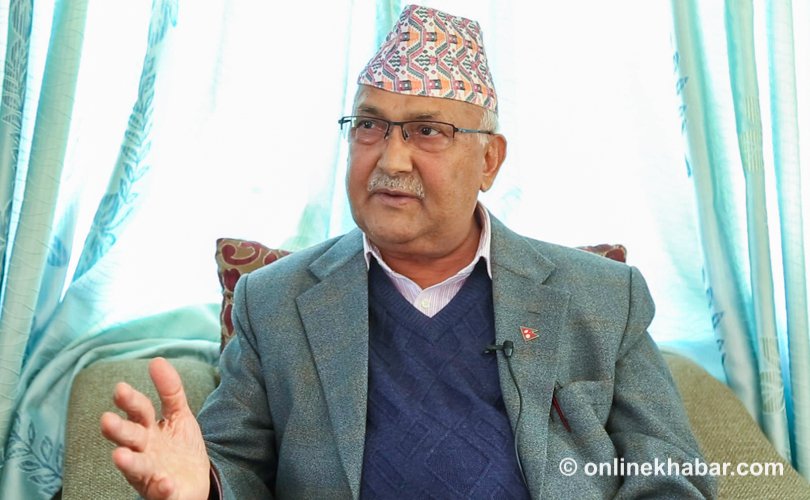
CPN-UML Chairman KP Sharma Oli is likely to be the next prime minister of the country, The Himalayan Times lead story says.
Annapurna Post has published an interview with CPN-Maoist Centre Chairman Pushpa Kamal Dahal, in which the leader has clearly said Oli is more likely to be the next prime minister. He has said Oli’s claim over the position is more natural as the UML has emerged as the biggest party in House of Representatives. Dahal, however, has maintained that he will also take some executive role in the unified communist party.
According to THT, Oli and Dahal are holding a meeting in Kathmandu today so as to begin formal discussions on the new government formation. The leftist alliance constituents—CPN-UML and CPN-Maoist Centre—are preparing to form the new federal government within December end, Nagarik reports quoting UML leader Bishnu Rimal.
Republica says Sher Dhan Rai, Lal Babu Raut, Ashta Laxmi Shakya, Prithvi Subba Gurung, Shankar Pokharel, Mahendra Bahadur Shahi and Karna Bahadur Thapa are likely to be chief ministers from provinces 1 to 7 respectively on the basis of composition of provincial assemblies.
Rai, Shakya, Gurung, Pokharel and Thapa are CPN-UML leaders whereas Raut belongs to the Federal Socialist Forum-Nepal. Shahi is a CPN-Maoist Centre leader.
Sainte-Lague formula to determine number of PR seats for each party
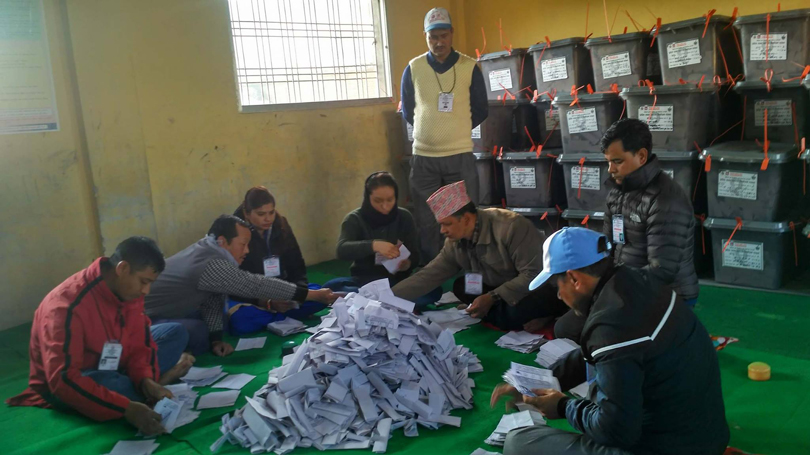
The Himalyan Times says the Election Commission has decided to use the Sainte-Lague formula to determine the number of proportional representation seats for each party in the House of Representatives.
According to the formula, total votes secured by the parties crossing the three per cent threshold are divided by a sequence of odd numbers starting with 1 (i.e. 1, 3, 5, 7, 9 and so on) until enough quotients are found to allocate all 110 federal and 220 provincial seats.
Meanwhile, Gorkhapatra anchor story informs that parties failing to cross three per cent threshold in the count will not get a single seat, as per the new election laws. Rajdhani comments that at most seven parties will be national parties as the parties must cross the threshold and win at least one first-past-the-post seat to be called so.
Current government will appoint province chiefs Thursday

The Cabinet meeting was expected to appoint province chiefs and name capitals for all seven provinces on Monday; but the meeting did not make any decision in these regards. Therefore, Prime Minister Sher Bahadur Deuba is thinking of calling the next Cabinet meeting for coming Thursday to make the decisions, according to Naya Patrika lead story.
The report says Sunsari, Janakpur, Kathmandu Valley, Pokhara, Dang, Surkhet and Dipayal are likely to be capitals of provinces 1 to 7 respectively. Likewise, the government is in mood to appoint non-political figures as province chiefs so that all political parties will accept them. Province chiefs, as representatives of the President, will administer the oath of office to provincial lawmakers before provincial assemblies begin their business, according to the constitution.
Rajdhani says former justices, former election commissioners and officials of constitutional commissions will be appointed as province chiefs.
Ignored
Around 80 per cent of PR lawmakers will be women
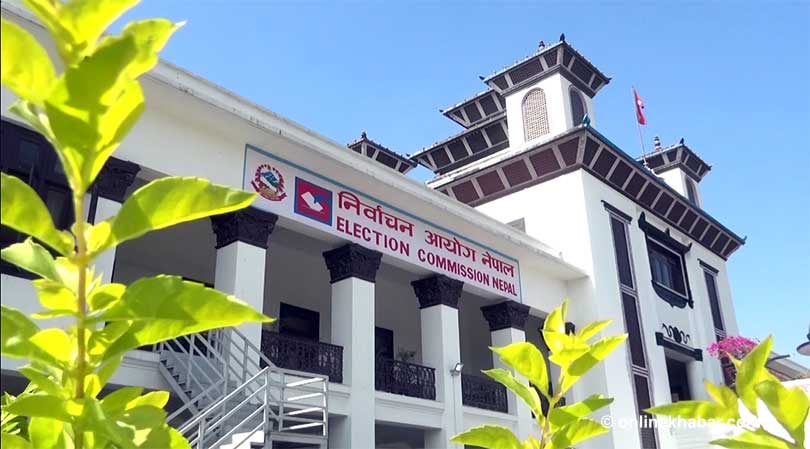
Kantipur says political parties contesting the proportional representation elections for House of Representatives will have to allocate around 80 per cent share of what they get to choose PR lawmakers to women as very few women were elected under the first-past-the-post system. While FPTP results from just five of 165 constituencies are awaited, only five women have won the polls and two are leading the vote count in remaining five constituencies. But, the constitution has it that there must be at least 33 per cent women in the House; therefore the parties have a compulsion to send more women, according to the report.
Naya Patrika has also published a similar report as its anchor story for the day.
Interesting
Private sector produces more power than government
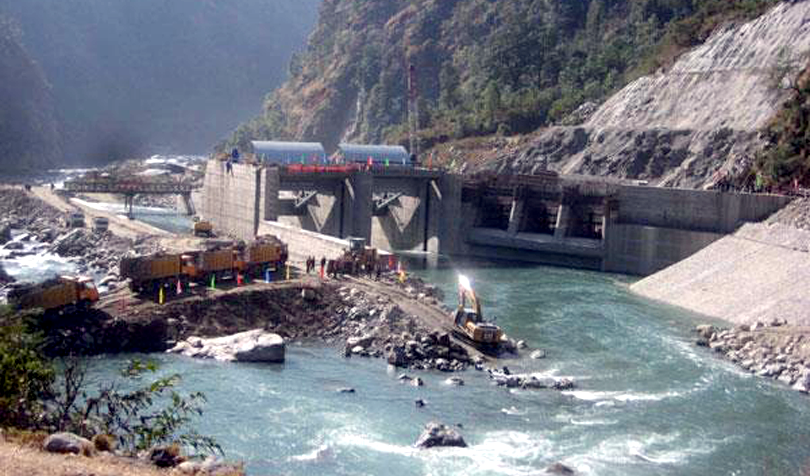
It has been 106 years since the Nepal government began producing electricity whereas it has just been around 20 years since the private sector also took part in the business. But, the private sector is generating more power than the government, reports Karobar.
The report informs that the government produces 473 megawatt whereas the private sector contributes four more megawatts to the national grid. It has been just recently possible with the completion of four-megawatt Sartikhola Hydropower Project, according to the report.
Total 67 hydropower projects are operated by the private sector in the country, according to Nepal Electricity Authority.
Nepal may get removed from EU aviation safety list

Though Nepal failed to get removed from the recently updated aviation safety list of the European Commission, the country still holds a chance to get removed from the black list soon as the Commission has summoned Nepal for a discussion, report Karobar and Abhiyan.
Karobar quotes Civil Aviation Authority of Nepal’s spokesperson Birendra Shrestha as saying that the Commission is likely to remove Nepal from the list after the discussion scheduled for January 15 as the International Civil Aviation Authority has already removed Nepal from its Significant Security Concerns list.




